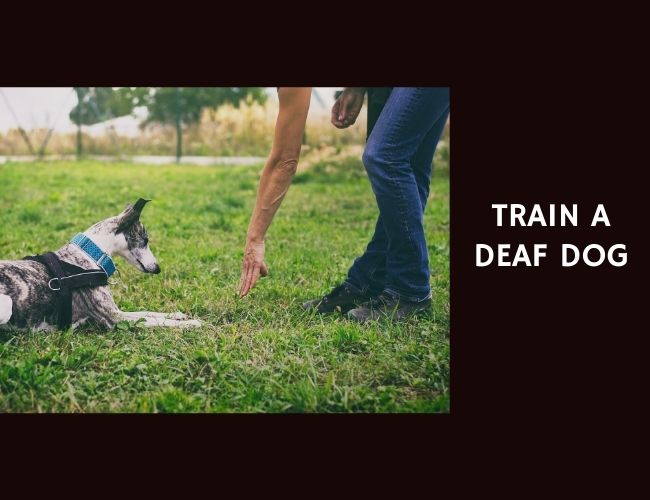Understanding and categorizing animal behavior is a cornerstone of ethology. A new study by Gerencsér et al. (2013) offers a major leap forward by integrating wearable technology and artificial intelligence to automatically classify the behaviors of freely moving dogs.
The system combines a multi-sensor data logger—equipped with tri-axial accelerometers and gyroscopes—with a supervised learning algorithm (support vector machine, or SVM) to recognize seven common canine behaviors: laying, sitting, standing, walking, trotting, galloping, and cantering. Using synchronized video-tagged training data from Belgian Malinois and Labrador Retrievers, the researchers achieved over 90% accuracy when the training and test data came from the same individual, and over 80% using data from multiple dogs.
This innovation could lead to a new generation of automated ethograms for dogs, enhancing everything from behavioral monitoring in homes and shelters to more precise assessments in veterinary and sports contexts. Since the model can be trained with arbitrary motion patterns, its potential applications may extend beyond dogs to include other species and diverse animal-care settings.
The study highlights how the combination of wearable tech and machine learning is transforming traditional observation-based methods into fast, scalable, and non-invasive tools for understanding animal behavior in real-world environments.
Source: Linda Gerencsér, Gábor Vásárhelyi, Márton Nagy, Tamás Vicsek, Ádám Miklósi, PLoS ONE, October 18, 2013.










